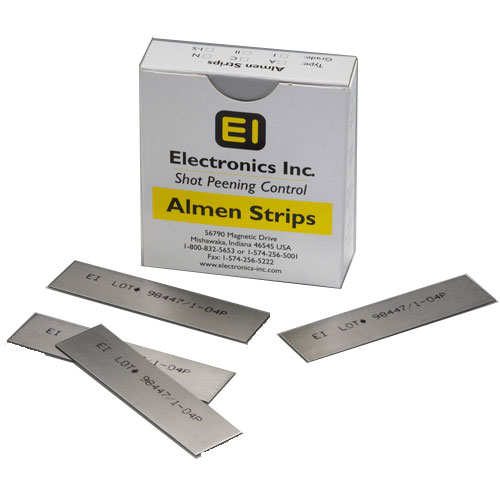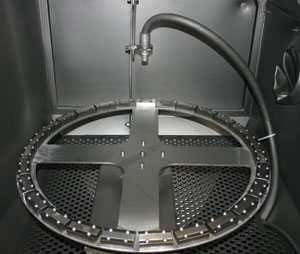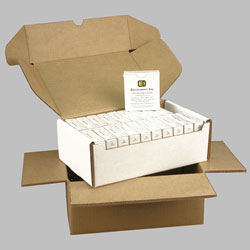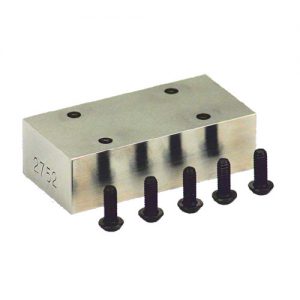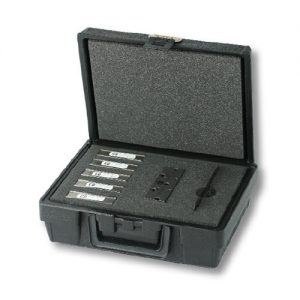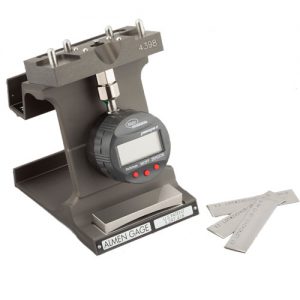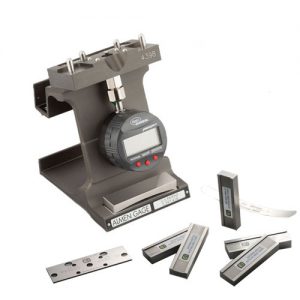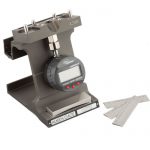Electronics Inc. (EI) manufactures and maintains the world’s largest inventory of Almen strips for global distribution. EI can provide strips to any specification, from standard MIL to rigid aerospace specifications. Almen “A”, “N” or “C” strips in Grades 3™, 2™, 1™ and 1-S™ are ready-to-use and are pre-qualified. Our “A” and “N” Almen strips have the lot number printed on both sides and a patented coverage check finish. These features add value to a quality shot peening process.
The Double-Sided Numbering System
- Ensures that the lot number is legible after peening
- Provides room for notes—for example, print numbers, procedure numbers, the date and the arc height reading
- Gives a tracking method for meeting specifications, ISO and Nadcap audit requirements, and first-in, first-out requirements
- Allows lot-to-lot comparison for process consistency
- Part of Electronics Inc.’s comprehensive traceability and audit program
- Denotes genuine EI product
- Lapses in coverage are easy to check visually
- Contributes to a proper rotary-flap peening technique
- Enhances capabilities of coverage checker tools
*Grades 3, 2, 1 and 1S are trademarks of Electronics Inc.

